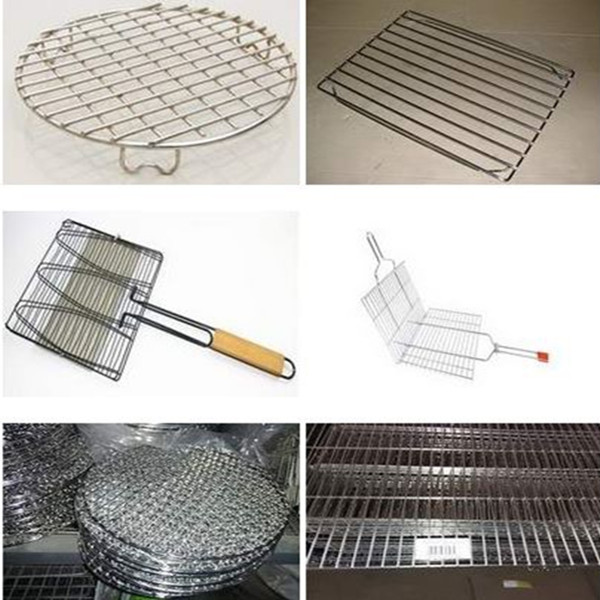Zhuhai Hao, Zhangdian Town, Jiangyan City, said on December 7 that several farmers had recently reported to his store that wheat had just begun to give birth and that the wheat fields in the fields where the rice straw was returned to the field had generally yellowed, and looked far like a fire. same. There is no such phenomenon for wheat that has not returned rice straw. It has been raining in recent days and the soil moisture in the field is relatively high. He asked whether this phenomenon was caused by the decay of straw and how to remedy it.
The decay process of straw is positively correlated with temperature and humidity. The temperature is high, the humidity in the field is high, the microbial activity is frequent, and straw rots quickly, but otherwise it is slow. The above-mentioned soil moisture in the plots is conducive to rice straw rot. During the maturity process of straw, microorganisms compete with crops for nitrogen. If the available nitrogen in the soil is insufficient, wheat seedlings will be yellow, thin, and poorly grown due to nitrogen deficiency. For the wheat field with full rice straw returning, the amount of nitrogen fertilizer in the base fertilizer should be appropriately increased. Generally, 100 kg of straw should be returned for each basal, and 0.5 kg of pure nitrogen must be added to the base fertilizer to meet the demand of straw decomposition and wheat growth for nitrogen, and to promote wheat growth. Ye Yutong stretches, to achieve strong seedlings over the winter.
In addition, straw rot will consume oxygen in the soil. In the case of high soil moisture, the soil in the field is often deprived of oxygen, which seriously affects the growth and development of the wheat roots. The wheat roots are brown, with few tillers, thin seedlings, and yellow or light brown leaves. . Under anaerobic conditions, straw rot also produces toxic gases such as hydrogen sulfide, which has a strong poisoning effect on the wheat roots. The roots of the damaged wheat plants turn yellow, and the roots become black and rotten when severe, and the leaves yellow and die.
The above-mentioned wheat in the plots is generally yellow, which may be related to nitrogen deficiency and lack of oxygen. It is necessary to first understand the application of base fertilizers in these plots, and check the decay of rice straw and the development of wheat roots. After the rain stopped, the gutters were cleared in time to improve soil permeability and promote root growth. If the amount of nitrogen fertilizer in the basal fertilizer is insufficient, the appropriate amount of urea can be applied to the basal fertilizer, generally urea 7.5 to 10 kg can be applied per acre. If the root system of wheat is damaged and the absorption function is reduced, in order to promote recovery, the growth regulators such as sodium nitroprusside that promotes root growth and wheat seedling recovery can be sprayed as early as possible, and 0.3% potassium dihydrogen phosphate and 1% urea are added. spray.
Barbecue Wire Mesh
The Barbecue Wire Mesh other name is BBQ Wire Mesh. Be made by stainless steel wire and medium carbon steel wire welded or weave to done.
The surface treatment : chrome, nickel, galvanized or polishing .
It is including: round flat/concave Barbecue Wire Mesh, square flat / concave Barbecue Wire Mesh , hemming Barbecue Wire Mesh, welded/weave Barbecue Wire Mesh, stainless steel Barbecue Wire Mesh .
The Barbecue Wire Mesh be maindly used for restaurant , BBQ shop, cookout, camp, military, travel and other activities's barbecue, steam or smoked about pasta, meat or fish.
The advantages of Barbecue Wire Mesh :
High temperatures
non-deformation
anti-rust
non-toxic and tasteless
easy to use

Barbecue Wire Mesh,BBQ Wire Mesh,Folding BBQ Mesh,Welded BBQ Mesh
ANPING COUNTY SHANGCHEN WIREMESH PRODUCTS CO.,LTD , https://www.scfiltermesh.com